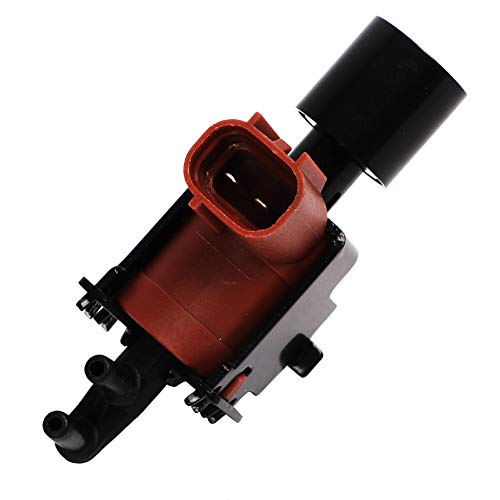Is your car’s Vacuum Switching Valve (VSV) in trouble, or is it another issue entirely? Below, we’ll describe the various symptoms of a bad VSV and how you can go about checking the problem on your own.
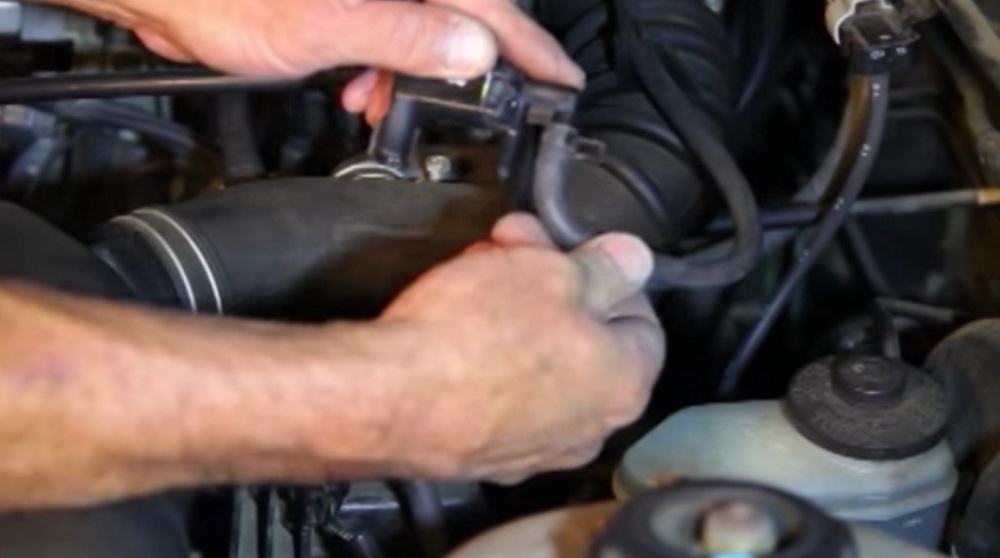
Purpose of the Vacuum Switching Valve
To produce proper combustion, the engine needs to draw in the perfect ratio of nitrogen and oxygen (80/20) before reaching temperatures of nearly 2,500 degrees F. Failure to reach optimal gas ratios or temperatures can be a sign of an assortment of problems, including a faulty VSV.
A car’s VSV is responsible for isolating the vacuum chamber. In other words, it regulates the flow of fuel to the actuator. As the VSV is energized, vacuum passes into the actuator, thereby closing the air control valve and lengthening the intake manifold run. If, for whatever reason, the Vacuum Switching Valve is blocked or closes at the wrong times, it can lead to an assortment of long-term health problems for your car.
Symptoms of a Bad Vacuum Switching Valve
Below, we’ll briefly go over various symptoms that indicate your VSV is in trouble. Now, the symptoms below can be attributed to an assortment of car health problems, but if you think your VSV is the problem, checking for more than one of these signs is a good starting place.
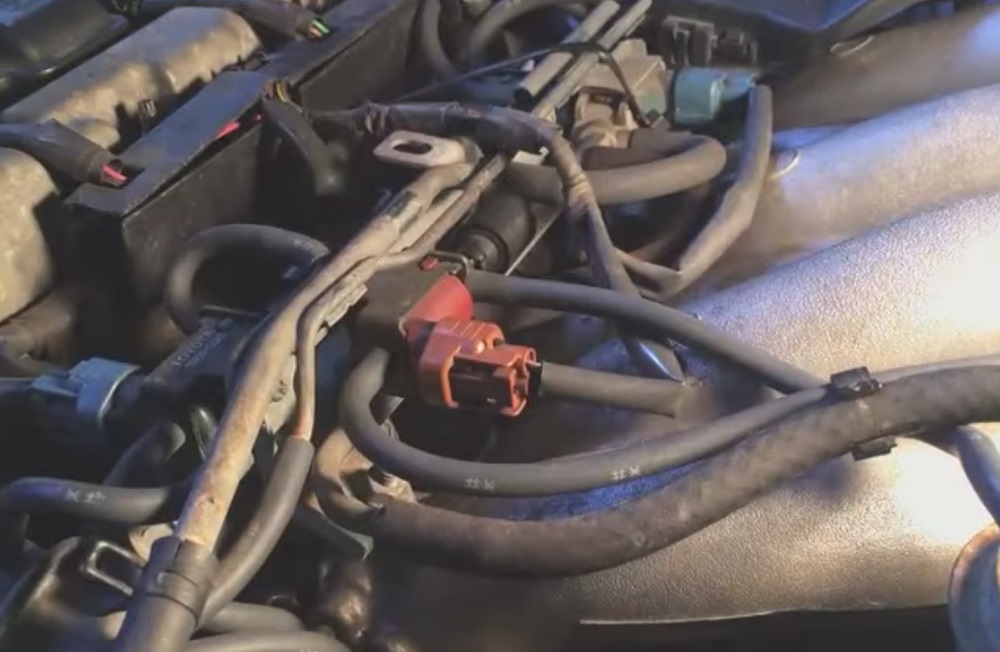
1. Rough Engine Idle
Checking the VSV when your car has a rough idle is one of the first things you should do. A faulty valve may indicate your car is failing to produce a proper mixture of air and fuel, thereby leading to rough idles or even a stalled engine.
2. Reduced Performance
Soot or other materials trapped inside of the valves can cause them to open and shut at random times, leading to erratic performance and quite possibly increased fuel consumption. This is especially true when the valve remains open for longer than normal. As more air is introduced into the Vacuum Switching Valve, fuel will not burn at the optimal temperature, making it less efficient and reducing your car’s mileage.
3. Strong Smell of Gasoline
A problematic VSV will lead to a continuous flow of gases making their way into your car’s intake manifold. Low revs will not cause all fuel to burn, leaving larger amounts of hydrocarbon gases exiting through the tailpipe.
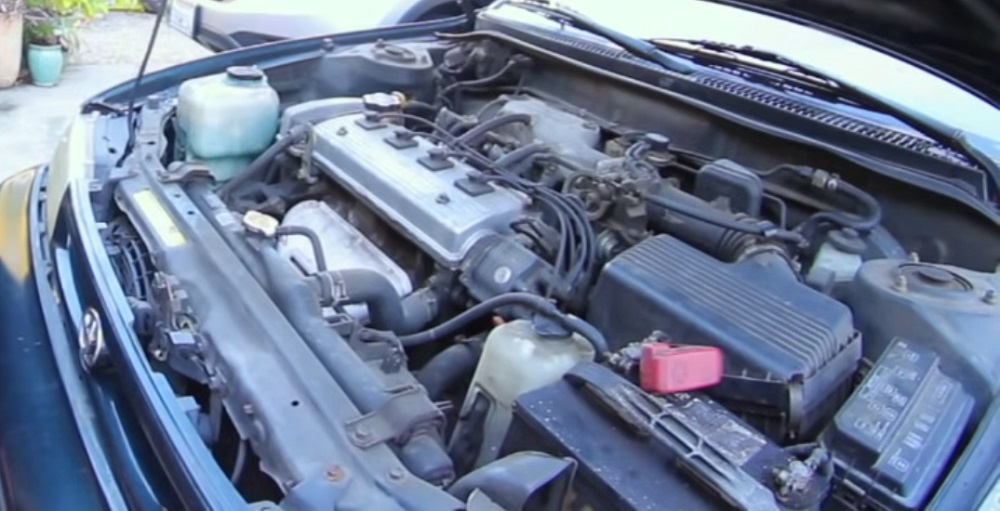
5. Activated Engine Management Light
An activated Engine Management Light can be a sign of nearly any kind of engine trouble. However, when the light turns on while your car exhibits other symptoms, it might be time to check the VSV. And activated light caused by a bad VSV is indicative of improper opening and shutting of the valves. The light will usually turn on when the VSV completely fails—not when the problem is just starting.
6. Increased Emissions Output
If you notice reduced mileage and greater amounts of gaseous fumes, then increased emissions output isn’t usually far behind. Again, this is due to the VSV’s failure to close its valves, thereby reducing the optimal temperature and causing preventing all fuel from burning. On the other hand, if the valve remains shut for extended periods of time, higher temperatures can lead to a buildup of nitrous oxide.
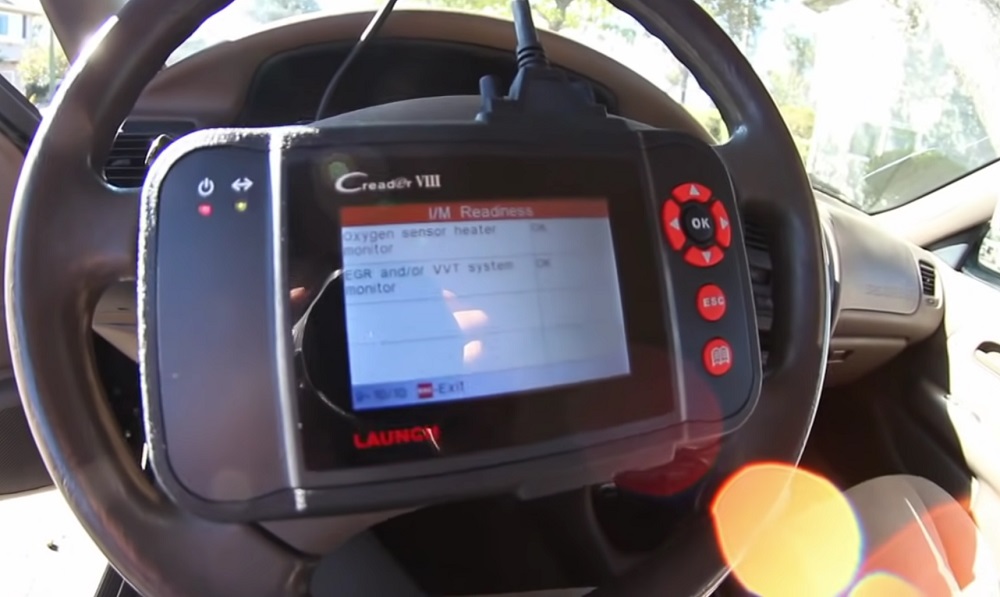
7. Constant yet Random Knocking Noises in the Engine Compartment
Audible knocking sounds or even physical tremors can be signs that the Vacuum Switching Valve is semi-permanently closed. This has to do with burning fuel at the optimal temperature.
When the valve is shut, the internal temperatures go beyond what fuel needs to burn, causing a second detonation and rocking noises.
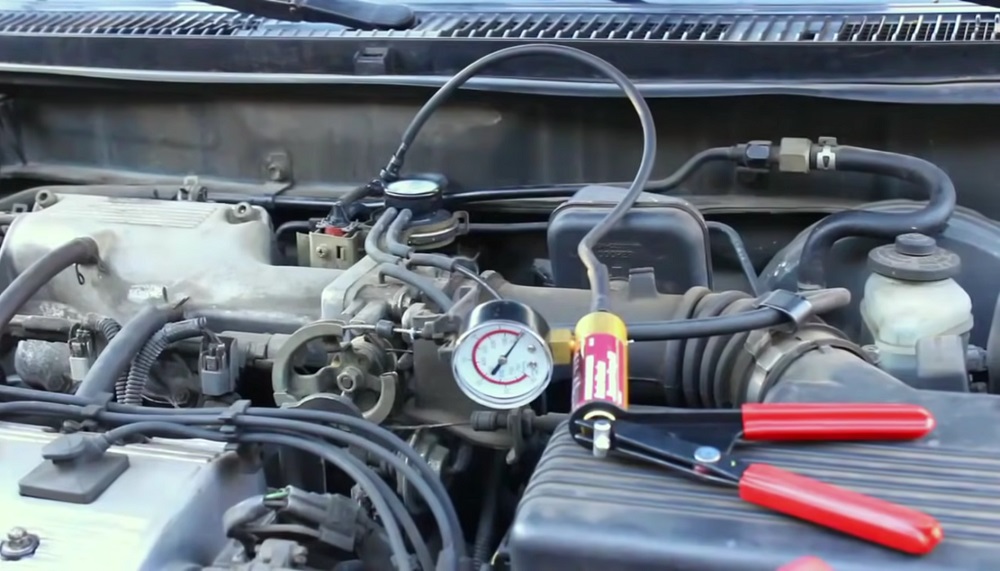
How to Test for a Bad Vacuum Switching Valve
While we wholeheartedly recommend taking your car to a professional mechanic, there are ways you can determine whether your car’s VSV is in trouble.
Ohm Test
To do this, you’ll need to have an ohmmeter on hand. Locate the VSV, disconnect the electrical connector, and examine the resistance (expressed in ohms) across the terminals. A normal reading should be between 33 and 39 ohms at room temperature (68 degrees F). If the resistance is lower than 33 or higher than 39, your Vacuum Switching Valve is most certainly in need of replacing.
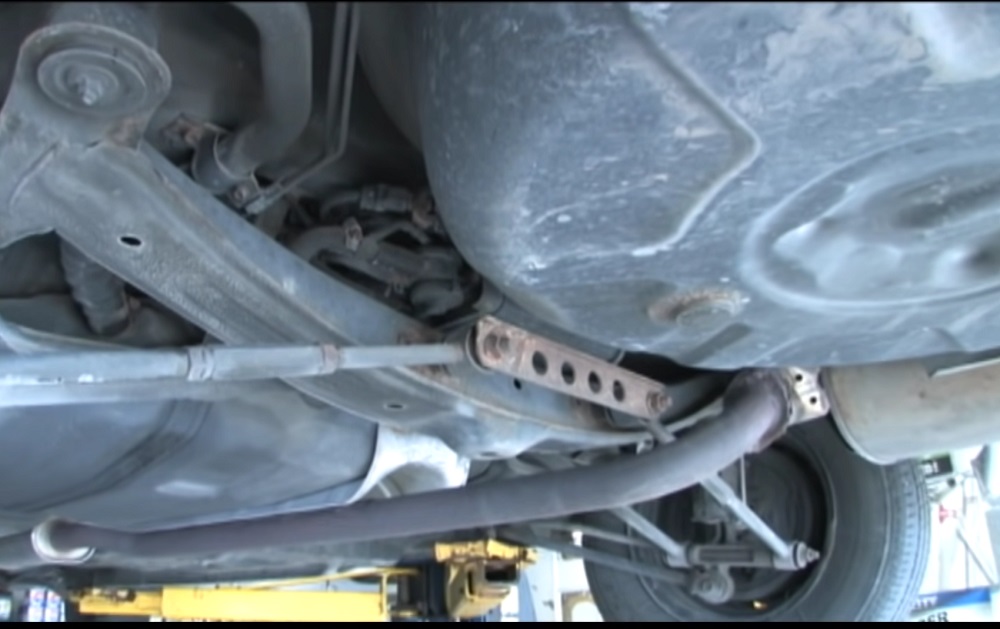
Continuity Test
Again, using the ohmmeter, you need to determine whether there’s a continuity between either of the VSV terminals and an electric ground. Continuity indicates that your VSV is bad.
Blow Test
This is probably the simplest test you can do. Disconnect the vacuum hoses from ports E and G from the VSV and blow air into them. You can do this by either putting your lips against the valves or using an air compressor on its lowest setting. Air should flow freely from port E to port G. If the air flow is limited or unnoticeable, your Vacuum Switching Valve is bad.

If you have any questions or comments, please add them below in the comment section. Similarly, please let us know if you spot any mistakes or omissions. Thanks!
Last Update: 2024-04-17 | Affiliate links/Images from Amazon Product Advertising API


